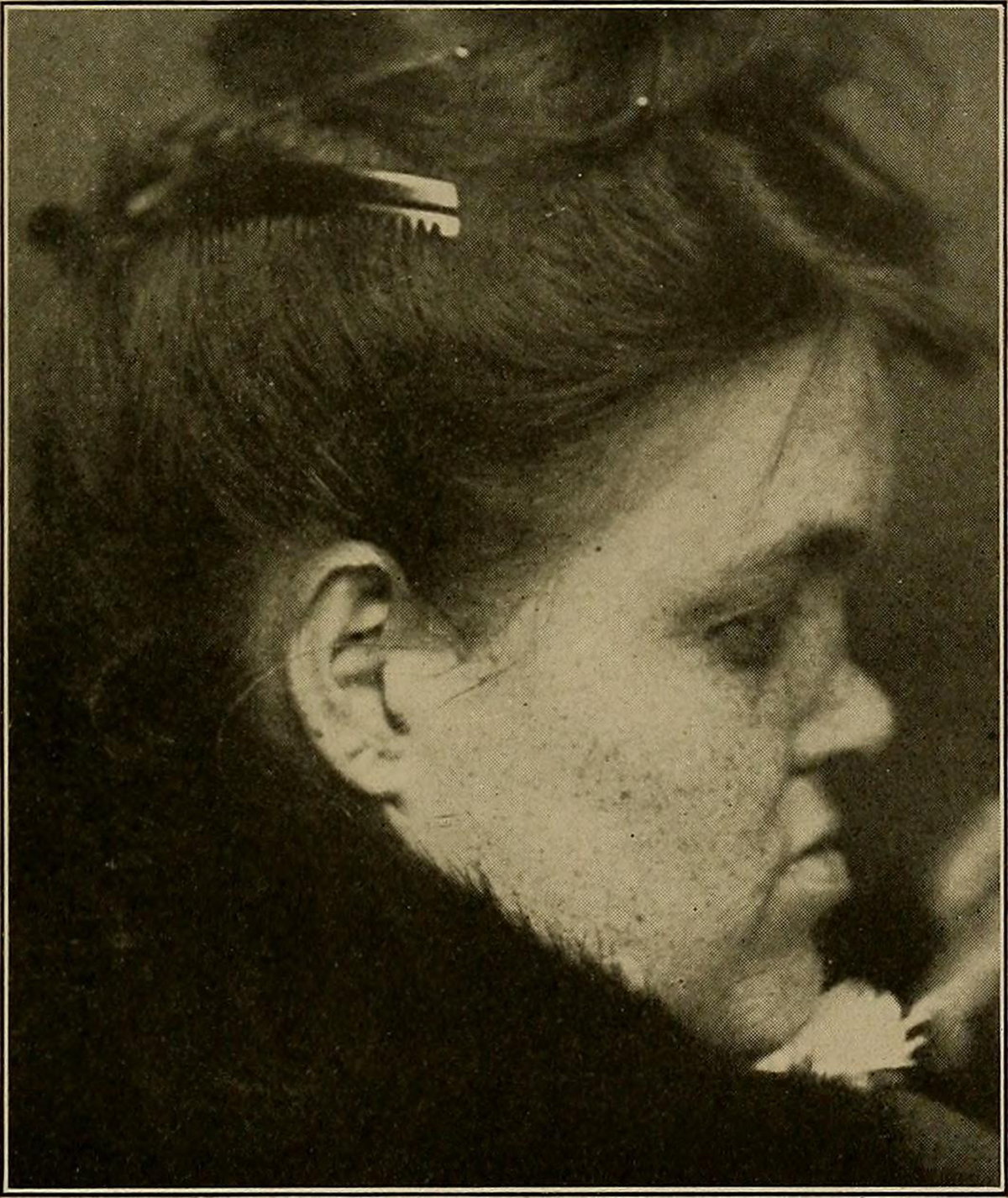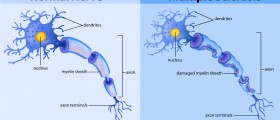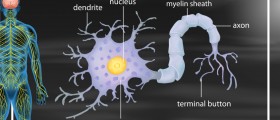
Nystagmus
Nystagmus can be defined as involuntary movement of the eyes. In pendular nystagmus the movements are of equal velocity and amplitude while in jerk nystagmus the movements are in the beginning slow and then they become much faster.
Nystagmus may affect one or both eyes. Still in majority of cases even, if it appears unilateral there is actually a presence of nystagmus on both eyes but they are affected asymmetrically. This medical condition can be congenital or acquired.
The very position of the eyes is achieved by normal function of fixation, the vestibulo-ocular reflex and by the neural integrator. If all of these function properly the nystagmus will not develop. In case there is a problem in any of these functions the person will develop nystagmus.
Causes of Nystagmus
Seesaw nystagmus can be caused by lesions of the rostral midbrain. Lesions of parasellar area can lead to this type of nystagmus as well. And finally, medical condition called retinitis pigmentosa results in secondary loss of vision and accompanying nystagmus.
Downbeat nystagmus develops due to a variety of lesions that affect vestibulocerebellum and medulla spinalis. These lesions include Arnold-Chiari malformation, loss of myelin which is common in multiple sclerosis, diseases of the blood vessels which consequently results in vertebrobasilar insufficiency and inflammation of the brain stem. Apart from the previously mentioned undernourishment, tumors, trauma as well as certain medications can affect vestibulocerebellum and result in nystagmus. Down beat nystagmus can also affect people who have suffered heat stroke.
Upbeat nystagmus develops as a consequence of medullary lesions. Medulla includes specific structures that are important in gaze holding and their damage is responsible for this type of nystagmus. Upbeat nystagmus also occurs if the anterior vermis of cerebellum is affected. It may also be accompanying symptom of benign paroxysmal vertigo.
Periodic alternating nystagmus results from Arnold-Chiary malformation, diseases that lead to demyelinisation, lesions of the vestibular nuclei, tumors of posterior fossa and head trauma. Even some infections such as encephalitis or syphilis can be a cause of periodic alternating nystagmus.
Pendular nystagmus is another type of nystagmus also caused by the disease that lead to the loss of myelin. Apart from that pendular nystagmus is typical in monocular or binocular loss of vision, internuclear ophtalmophlegia or oculopalatal myoclonus. Additionally, it can affect people whose brain stem function has been damaged.
Spasmus nutans basically affects perfectly healthy children. Still some tumors that are near chiasma or those which are located in the third ventricle can imitate spasmus nutans.
Lateral medullary syndrome features with torsional nystagmus.
Abducing nystagmus also known as inernuclear ophthalmoplegia is induced by demyelinating medical conditions and the stroke which affects brain stem.
And finally gaze-induced nystagmus typically occurs due to usage of certain medications, especially anticonvulsants or alcohol abuse.

















Your thoughts on this
Loading...